21st Century Point and Figure: New and Advanced Techniques for Using Point and Figure Charts
$20.00
| Author(s) | |
|---|---|
| Format |
|
| Pages |
184 |
| Publication Year |
2015 |
21st Century Point and Figure provides a number of new tools for P&F analysts and truly does bring this technique into the modern era. Advancing Point and Figure in the 21st Century Point and Figure has been around for over 130 years and the method is just as essential for chart analysis today as it always has been. While the basic principles of the technique have remained unchanged, those working with Point and Figure must still push the boundaries of how it is used, looking to make it even more insightful and powerful.
Introduction:
This is an advanced book on Point and Figure charting. It is a comprehensive guide to those Point and Figure techniques that can be regarded as 21st century innovations. As any new technique takes time to develop, some of the ideas presented here were first suggested, although not fully developed, before the turn of the century and were therefore introduced in my previous book, The Definitive Guide to Point and Figure. They are, however, included here in their entirety, so this is a complete guide to 21st century Point and Figure analysis.
This book assumes that you are familiar with traditional Point and Figure techniques – either through the daily use of Point and Figure charts, or through having read a good text on the subject – and want to look at new ways to use Point and Figure charts. Although the first chapter is a quick refresher on Point and Figure, it can’t cover every aspect of the method with respect to terminology, construction, patterns, trend lines and targets. If you are not familiar with these aspects of Point and Figure, you are urged to read either The Definitive Guide to Point and Figure or another book on the subject, as this will give you the grounding required to fully appreciate the advanced techniques in 21st Century Point and Figure.
The new techniques described here open up a whole world of new analysis tools for Point and Figure charts and address most of the deficiencies claimed by detractors of the method.
Contents:
- Quick Refresher on Point and Figure
- 21st Century Chart Construction
- Moving Averages on Point and Figure Charts
- Using Other Tools on Point and Figure Charts
- Indicators of Point and Figure Charts
- Volume on Point and Figure Charts
- New Point and Figure-based Techniques
- Advanced Analysis of Relative Strength and Spreads
- 21st Century Market Breadth
21st Century Point and Figure: New and Advanced Techniques for Using Point and Figure Charts By Jeremy Du Plessis pdf
7 reviews for 21st Century Point and Figure: New and Advanced Techniques for Using Point and Figure Charts
Clear filtersOnly logged in customers who have purchased this product may leave a review.

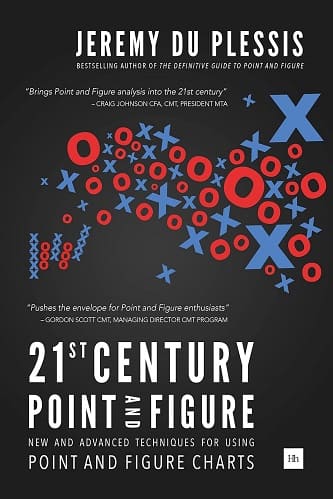
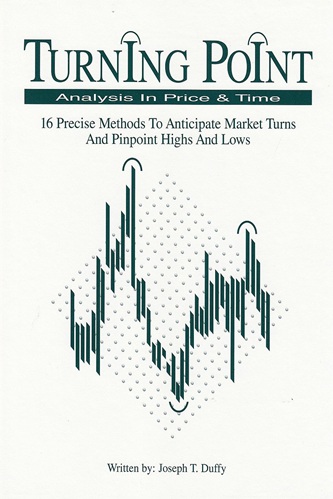
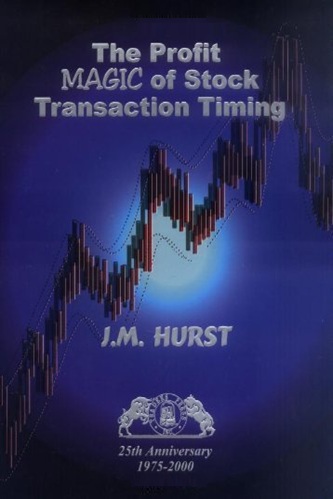
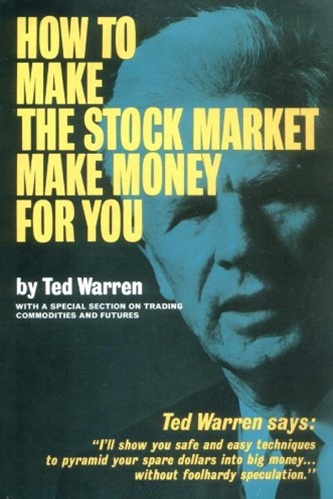
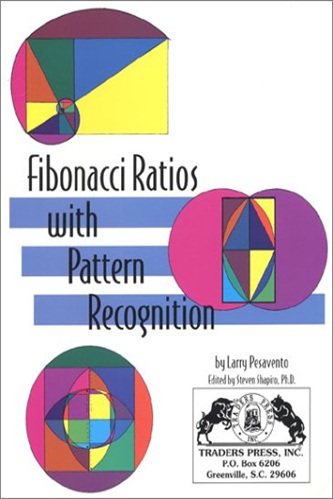
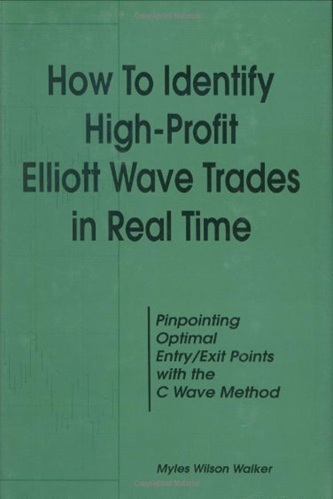
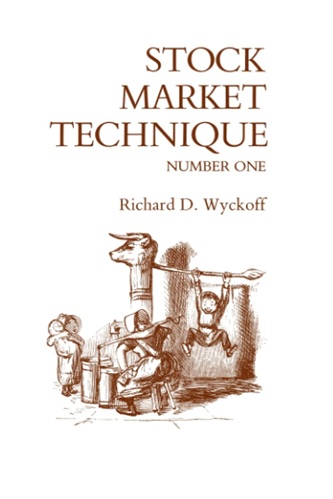
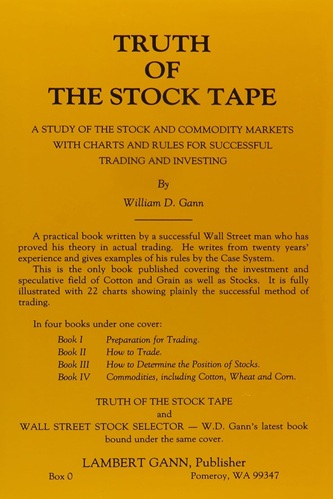
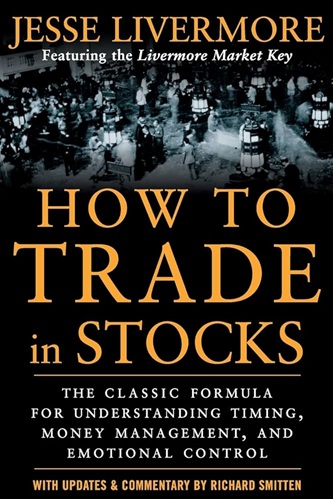
Marley Barnett (verified owner) –
Jeremy du Plessis has been teaching Point and Figure charting on the Society of Technical Analysts (STA) Diploma Courses for nearly a quarter of a century. In 2005 he decided to write The Definite Guide to Point and Figure: A Comprehensive Guide to the Theory and Practical Use of the Point and Figure Charting Method, which has been on the STA’s reading list ever since. His new book, 21st Century Point and Figure, takes Point and Figure charting to a whole new level. It expands on his first book and includes invaluable new techniques, such as advanced analysis of relative strength and spreads, market breadth and indicators on Point and Figure charts, to name but a few. The STA is pleased to add 21st Century Point and Figure to its Diploma Course reading list.
Sincere Cunningham (verified owner) –
I’m very disappointed. The reason people try to use P&F is to get rid of the hocus pocus of a shiny indicator on top of another shiny indicator as clearly pointed out in his first book more than a decade ago.
Now that the whole world has moved to Candlestick Charts and not P&F, (so less income for the writers prominent position in the software company making these P&F charts) the author jumps on this promising bandwagon of the ‘use the hottest indicator on top of this hot indicator’ so guiding the readers away from the reason they went to P&F charts in the first place.
Page by page I cringed when the author added another ‘promising’ indicator… this is just to get more people on P&F and to answer any critic that says there’s no xyz indicator on P&F therefor it’s no good.
This book should be forgotten and people interested in P&F should skip this book and go to the first book to get information about P&F, not this one.
Mackenzie Zuniga (verified owner) –
haven’t finished reading this, what I’ve read is good but there are easier ways on determining future prices and direction. Nice quality book though
Piper Hendricks (verified owner) –
Mr du Plessis’ first book was already a “must read” for all traders interested in point & Figure charts. This book will save you thousands of hours of research (and for traders thousands of euros!) if you read it carefully. The author very clearly explains how to use moving averages on Point & Figure charts, how to choose your box size and which time frame to follow. He also explains you how to use classical tools like RSI, MACD, Parabolic, Bollinger Bands, etc on P&F charts.
What I like the most in Mr du Plessis’s approach is that Point & Figure charting is becoming a quantitative technique. Maybe it is because he started as an engineer before studying technical analyst. For people who still think that “technical analysis” is subjective, please read this book and we will talk about it afterwards.
Faith Craig (verified owner) –
Point and Figure charting is appealing because it eliminates market noise and draws your attention to the trend. This is why P&F charts have been used since the 19th century. Of course technology has changed since the 19th century and traders no longer make Xs and Os on the back of trade tickets. They have computers to generate the charts and Jeremy do Plessis explains how to apply technology to P&F charts. Some of the applications are intuitive but Donchian channels, one of the most effective trend following systems ever published, are far from intuitive. This book explains a simple approach to implementing this strategy. There are also other strategies explained and every trader should be able to find ways to profits in this book.
Alden Murray (verified owner) –
If you are a technician ( as I am ) , and enjoy the minutiae, the “hows and whys” of every detail on how P&F charts are created ( which I don’t ) , the book might serve a purpose . If you strongly believe that overlaying RSI, Moving Averages, and Volume charts on a P&F chart to establish correlation is remotely meaningful, then this is the book for you !
This book feeds the theory of those who feel that there is some secret “system” to be found if you keep on adding more and more data.
This author’s next book might as well be about correlating P&F to world events . I am writing this review to counter the positive reviews by others which encouraged me to cough up the dough for this overpriced book …
Dash Jenkins (verified owner) –
AAA+++